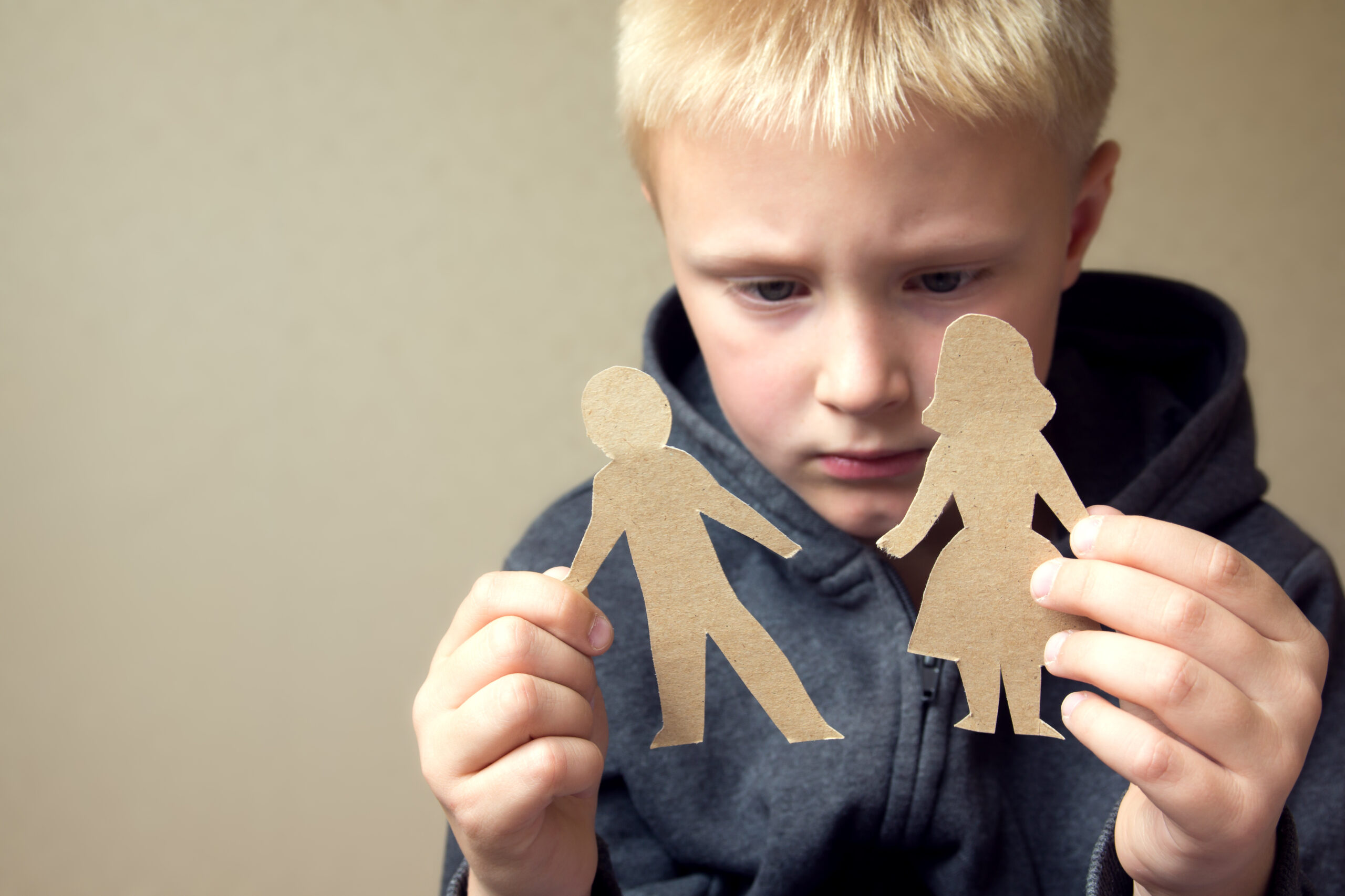« À la suite d’un divorce ou d’une séparation de parents d’un enfant mineur, une des questions qui se pose est celle de savoir auprès de quel parent l’enfant en cause continue à vivre. La loi du 27 juin 2018 instituant le juge aux affaires familiales, portant réforme du divorce et de l’autorité parentale (…) a explicitement introduit dans notre Code civil la possibilité d’une résidence alternée auprès des deux parents de l’enfant mineur.
Dans ce contexte, j’aimerais poser les questions suivantes à Madame la Ministre de la Justice :
- Existe-t-il des statistiques sur le nombre total de décisions judiciaires définitives prises depuis l’entrée en vigueur de la réforme susvisée en ce qui concerne la résidence des enfants mineurs après un divorce ou une séparation ?
- Dans l’affirmative,
- Quel est le nombre total de décisions judiciaires définitives prises en la matière ?
- Quel est le nombre et le pourcentage des cas dans lesquels la résidence a été fixée auprès de l’un des deux parents ? Dans ces hypothèses, combien de fois la résidence principale a-t-elle été fixée auprès de la mère et combien de fois auprès du père de l’enfant ?
- Quel est le nombre et le pourcentage des cas dans lesquels une résidence alternée a été retenue ? Dans ces hypothèses, combien de décisions se sont basées sur un accord entre parties et combien ont été prises sur demande de l’une des parties ?»






